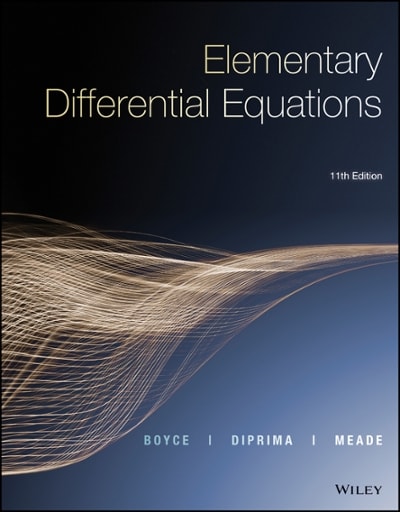Question
14. For the following data: X Y # siblings grown up with # own children 2 0 3 1 7 4 5 6 4 6
14. For the following data:
X Y
# siblings grown up with # own children
2 0
3 1
7 4
5 6
4 6
3 1
Draw the scatterplot (MUST SHOW WORK FOR THIS PROBLEM)
a. yes
b. no
15. Using the dataset given in problem 14,test the hypothesis that there is a significant positive relationship between the # of siblings an individual grows up with and the number of children they eventually have. Use = .05.
Which of the following accurately represents the null and alternative hypotheses? (MUST SHOW WORK FOR THIS PROBLEM)
a. H0: 0
H1: >>0
b. H0: 0
H1: <<0
c. H0: << 0
H1: 0
d. H0: >> 0
H1: 0
16. Compute r-crit. (MUST SHOW WORK FOR THIS PROBLEM)
17. Compute r-observed.(MUST SHOW WORK FOR THIS PROBLEM)
18. Based on the previously conducted steps, would you fail to reject the null hypothesis?(MUST SHOW WORK FOR THIS PROBLEM)
a. yes
b. no
19. What can we conclude on the correlation between number of siblings and number of future children?(MUST SHOW WORK FOR THIS PROBLEM).
a. There is a significant positive relationship betweenthe number of siblings an individual grows up with and the number of children they eventually have
b. There is not a significant positive relationship between the number of siblings an individual grows up with and the number of children they eventually have
c. The less siblings you grew up with, the more children you are likely to have in the future
d. The more siblings you grew up with, the less children you are likely to have in the future
20. Find the regression equation for predicting Y from X and draw the regression line into your scatterplot(from problem 14).
What is the value of the equation intercept? (MUST SHOW WORK FOR THIS PROBLEM).
21. What is the value of the equation slope? (MUST SHOW WORK FOR THIS PROBLEM).
22. Which of the following accurately represents the regression equation?
a. = X + 1
b. = X - 1
c. = 0.67X + 1
d. = 0.67X - 1
23. Calculate the standard error of the estimate associated with this prediction.(MUST SHOW WORK FOR THIS PROBLEM)
24. What does the SEEtell you?
a. We can expect to be off by exactly 2.68when we make a prediction of the number of children based on the regression equation you computed in problem 22
b. We can expect to be off by3.45on average when we make a prediction of the number of siblings based on the regression equation you computed in problem 22
c. We can expect to be offby 2.23on average when wemake a prediction of the number of children based on the regression equation you computed in problem 22
d. We can expect to be off byexactly 1.94 when we make a prediction of the number of siblings based on the regression equation you computed in problem 22
25. Determine how many children you would be predicted to have if you grew up with 1sibling (MUST SHOW WORK FOR THIS PROBLEM).
26. Determine how many children you would be predicted to have if you grew up with4siblings (MUST SHOW WORK FOR THIS PROBLEM).
Step by Step Solution
There are 3 Steps involved in it
Step: 1

Get Instant Access to Expert-Tailored Solutions
See step-by-step solutions with expert insights and AI powered tools for academic success
Step: 2

Step: 3

Ace Your Homework with AI
Get the answers you need in no time with our AI-driven, step-by-step assistance
Get Started


